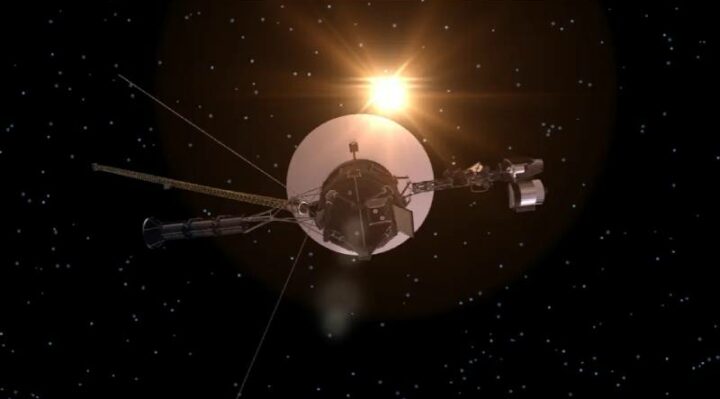
NASA’s Voyager 1 spacecraft, now in its 47th year of space exploration, encountered a new issue as its aging thrusters experienced fuel tube blockages. These thrusters are crucial for keeping the probe aligned with Earth, allowing it to transmit data back to mission control.
Engineers at NASA’s Jet Propulsion Laboratory (JPL) solved the problem by switching to a backup set of thrusters after the primary ones became clogged with silicon dioxide, a byproduct of aging rubber components. Voyager 1 relies on liquid hydrazine fuel, which is converted to gas for short pulses to adjust its position. To maintain alignment with Earth, the spacecraft requires about 40 such pulses daily.
Over time, debris buildup has led to clogged fuel tubes, forcing NASA to switch thrusters multiple times, including in 2002 and again in 2018. The latest blockages have further reduced efficiency, with the fuel tubes narrowing to just 0.0015 inches.
Switching to the backup thrusters presented unique challenges, as the spacecraft’s power supply has diminished after nearly five decades in space. Most non-essential systems and heaters have been shut down to conserve energy, leaving the thrusters cold and at risk of damage if activated. Engineers managed to power up the backup thrusters by temporarily shutting down one of Voyager’s main heaters, a delicate operation that required careful planning.
On August 27, NASA confirmed that the thrusters were back online and successfully keeping Voyager 1 on course. “All future decisions will require even more caution,” said Suzanne Dodd, Voyager’s project manager.
Voyager 1 continues to provide valuable data from interstellar space, beyond the reach of the Sun’s influence. It crossed the heliopause, the boundary between our solar system and interstellar space, in 2012 and is now over 24 billion kilometers from Earth, traveling through the Milky Way.



